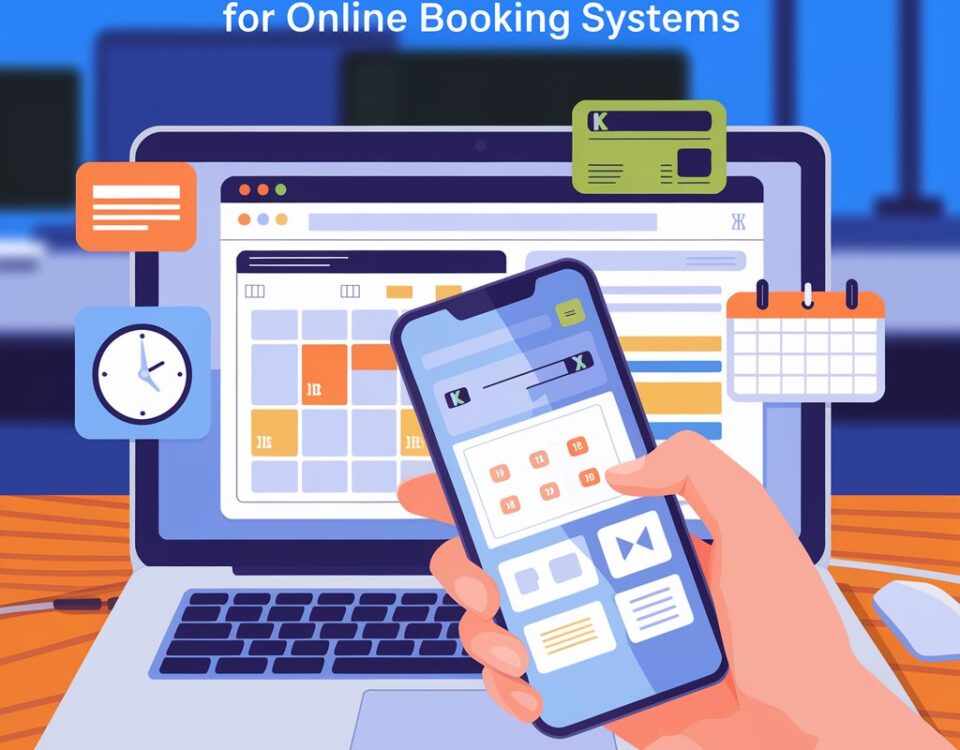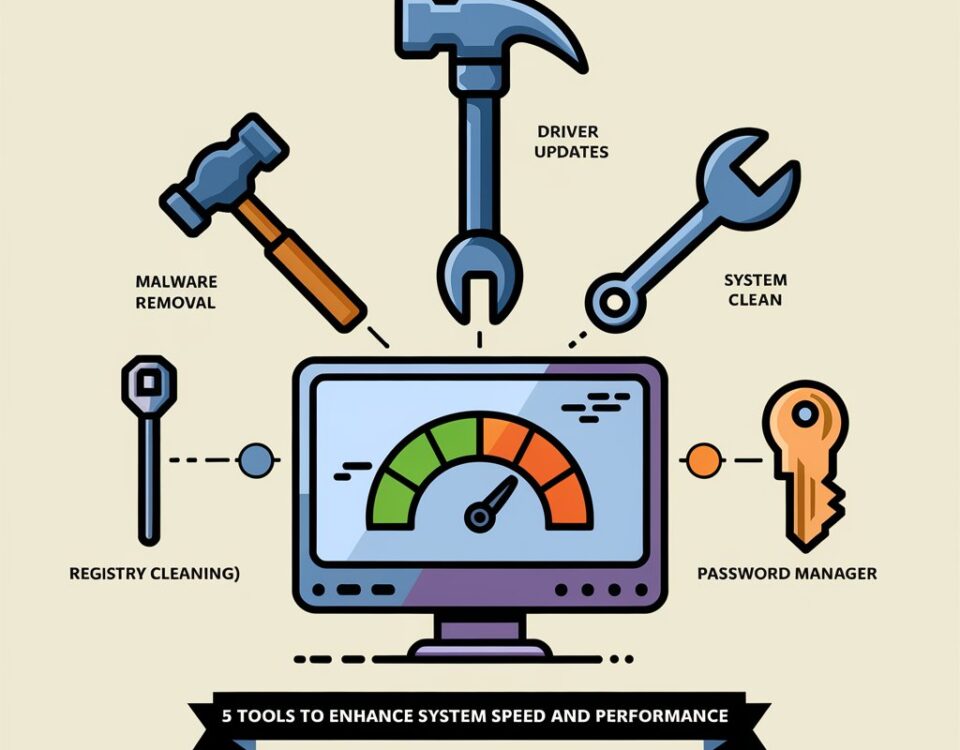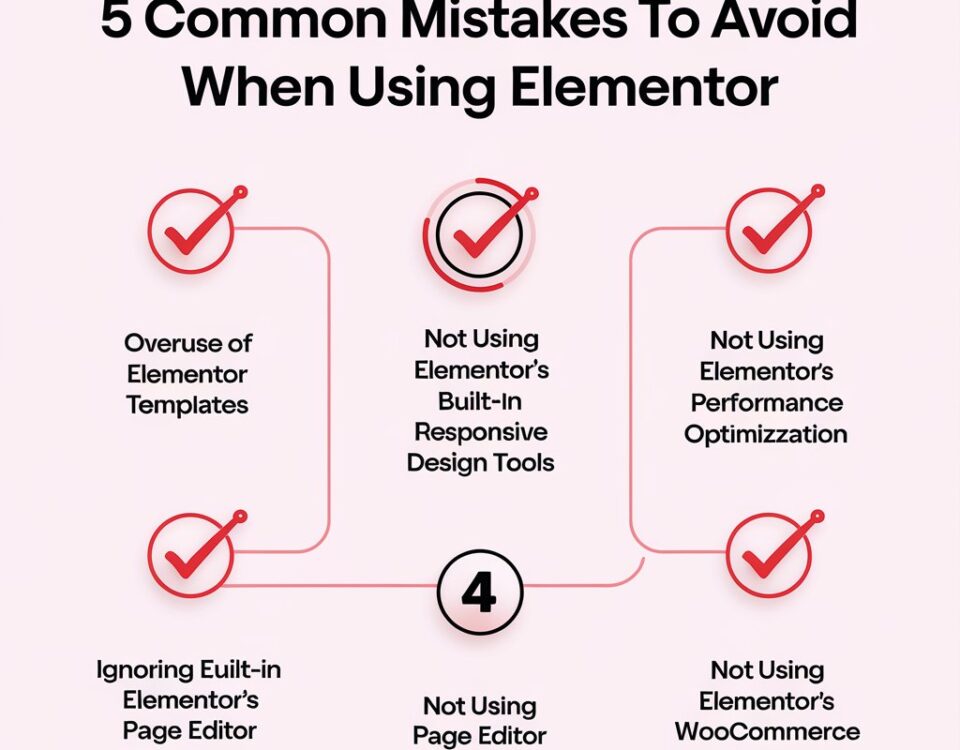
User Experience Design: The Key to Websites Users Love
May 22, 2024
5 Best Apps for Personal Productivity in 2024
May 27, 2024E-commerce Essentials: Designing a Website That Drives Sales
In the competitive world of e-commerce, having a well-designed website is crucial. It not only attracts visitors but also converts them into customers. Designing a website that drives sales involves understanding user behavior, optimizing the user experience, and implementing effective design strategies. This guide will walk you through the essentials of creating an e-commerce website that boosts sales and maximizes conversions.

Understanding Your Target Audience
The first step in designing a website that drives sales is understanding your target audience. Knowing who your customers are, what they need, and how they navigate your site can help you tailor the design to meet their expectations.
User-Friendly Navigation
A user-friendly navigation system is vital for any e-commerce website. Visitors should be able to find products and information easily. Use clear labels for categories, and ensure the search function is prominent and effective.
Mobile Optimization
With the increasing use of smartphones for online shopping, mobile optimization is no longer optional. Ensure your website is responsive and provides a seamless experience on all devices. Mobile-friendly designs improve user experience and can significantly increase sales.
High-Quality Images and Videos
Visual content plays a critical role in e-commerce. High-quality images and videos can showcase your products effectively. Use multiple images from different angles, and include videos demonstrating product usage when possible.
Clear Call-to-Actions (CTAs)
CTAs guide visitors towards making a purchase. Use clear, concise, and compelling CTAs to encourage users to take action. Buttons like “Add to Cart,” “Buy Now,” and “Learn More” should be easily noticeable and strategically placed.
Fast Loading Times
Slow loading times can lead to high bounce rates. Optimize your website to load quickly by compressing images, leveraging browser caching, and minimizing code. Fast websites enhance user experience and improve your chances of converting visitors into customers.
Trust Signals and Security
Trust signals such as customer reviews, testimonials, and security badges can reassure visitors about the reliability of your site. Display SSL certificates, secure payment icons, and privacy policies prominently to build trust and credibility.
Simplified Checkout Process
A complicated checkout process can result in cart abandonment. Simplify the process by reducing the number of steps required to complete a purchase. Offer guest checkout options and multiple payment methods to make the experience as smooth as possible.
Personalization
Personalizing the shopping experience can increase customer satisfaction and sales. Use data to recommend products based on user behavior and preferences. Personalized experiences make customers feel valued and understood.
SEO Best Practices
Optimizing your website for search engines can drive organic traffic. Use relevant keywords, optimize product descriptions, and ensure your site structure is SEO-friendly. Good SEO practices can help your website rank higher in search results, attracting more visitors.
Engaging Content
Engaging content can keep visitors on your site longer and encourage them to make a purchase. Use blogs, buying guides, and how-to videos to provide value and engage your audience. High-quality content can also improve your SEO efforts.
Social Proof
Social proof such as customer reviews, ratings, and user-generated content can influence purchasing decisions. Display positive feedback prominently on product pages. Encourage satisfied customers to leave reviews and share their experiences on social media.
Analytics and Continuous Improvement
Use analytics tools to track user behavior and website performance. Analyzing data can help you identify areas for improvement and optimize your site accordingly. Continuous improvement based on data insights ensures your website remains effective in driving sales.
Conclusion
Designing a website that drives sales requires a comprehensive approach that combines user experience, visual appeal, and functionality. By understanding your audience, optimizing for mobile, ensuring fast loading times, and implementing effective design strategies, you can create an e-commerce website that not only attracts visitors but also converts them into loyal customers. Focus on building trust, simplifying the checkout process, and using personalization to enhance the shopping experience. With these essentials, your e-commerce website will be well-equipped to drive sales and achieve success.




